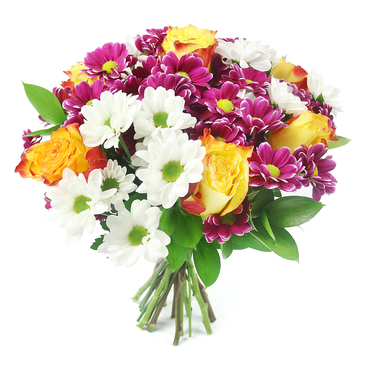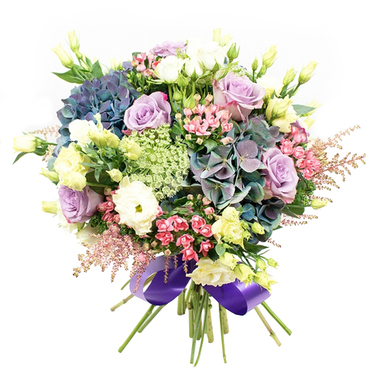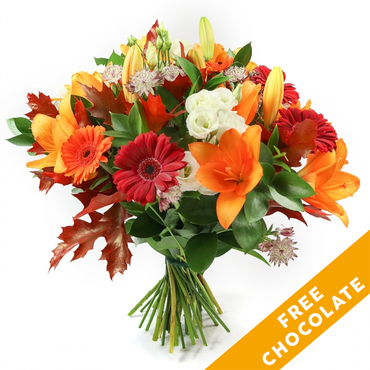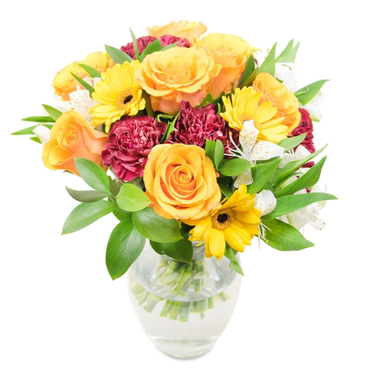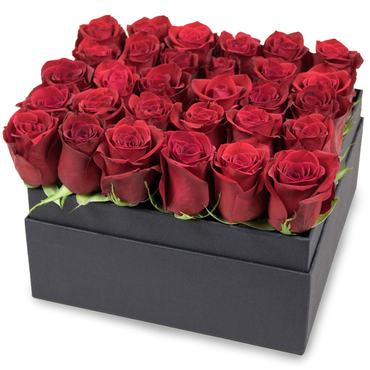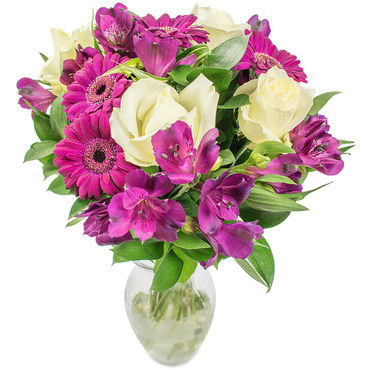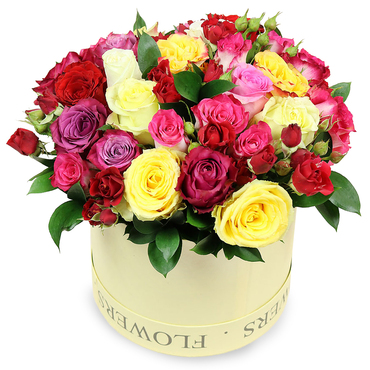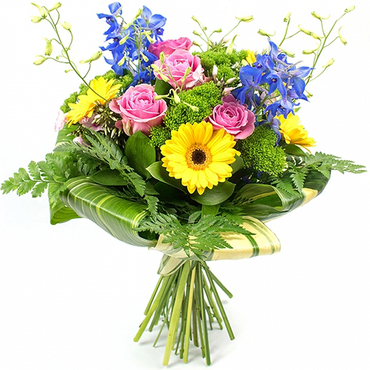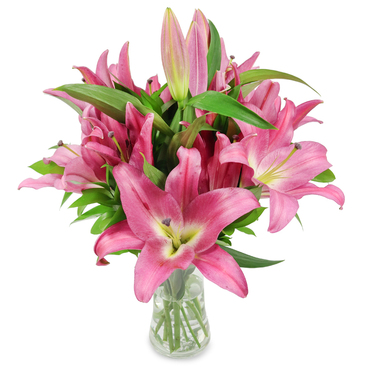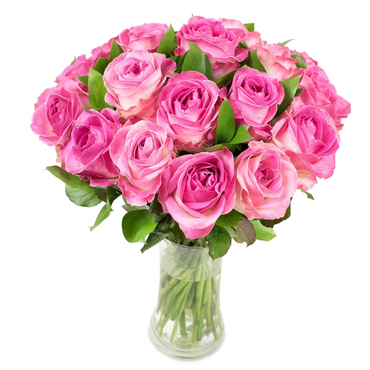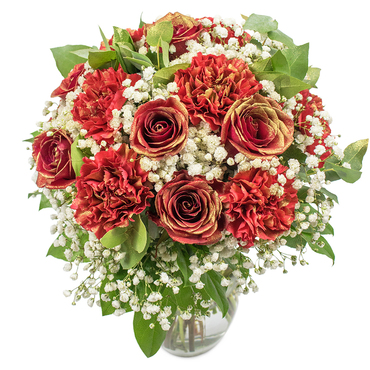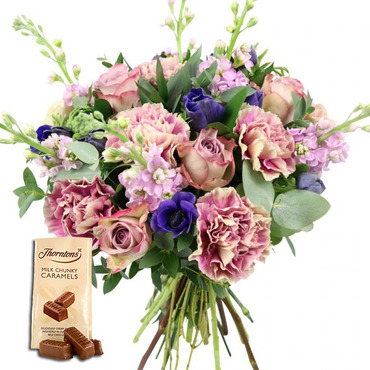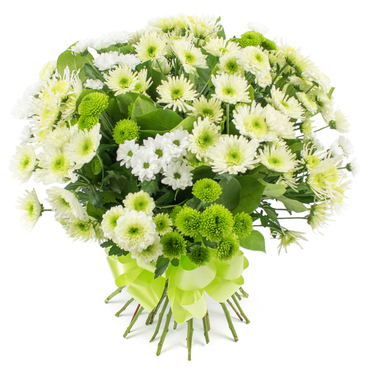Bloom Significance: Decoding Floral Messages
Posted on 20/06/2025
Flowers, with their delicate beauty and vibrant colors, have always been much more than mere decorations. They carry with them centuries of symbolism, meaning, and tradition. From the romantic red rose to the humble daisy, every bloom holds a message. This article delves into the significance of these floral messages, aiming to decode the intricate language of flowers.
The Historical Roots of Floral Symbolism
The language of flowers, also known as floriography, dates back to ancient civilizations. The Greeks, Romans, Egyptians, and Chinese all attributed meanings to flowers and used them in various cultural rituals. However, it was during the Victorian era in the 19th century that floriography became a widespread phenomenon. In an age where open expressions of emotion were often frowned upon, the Victorian people turned to flowers to convey their feelings clandestinely.
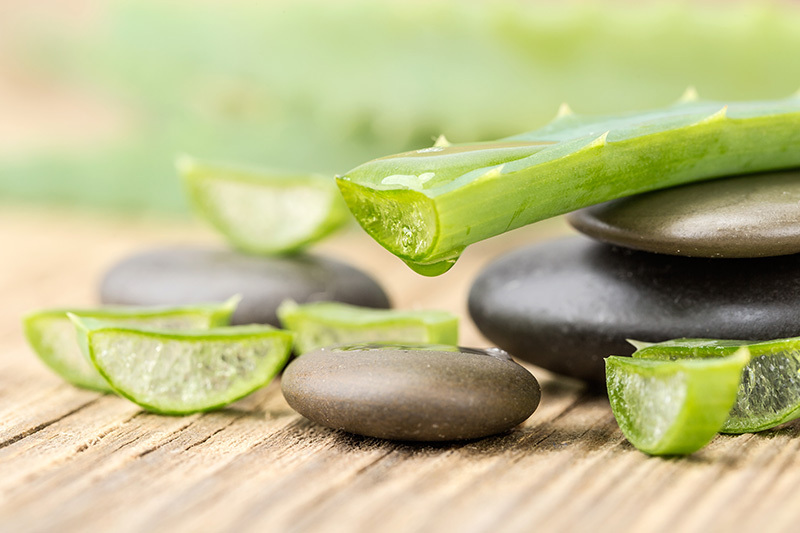
The Symbolism of Popular Flowers
While almost every flower has some sort of symbolic meaning, there are a few that stand out due to their widespread recognition and use.
Roses
The rose, often dubbed the 'queen of flowers,' holds varied meanings depending on its color:
- Red Roses: Universally recognized as the symbol of love and passion.
- White Roses: Represent purity, innocence, and reverence.
- Yellow Roses: Connote friendship and joy.
- Pink Roses: Symbolize grace, gratitude, and admiration.
Lilies
Lilies have been symbolic across cultures, particularly in Christianity where they represent purity and the Virgin Mary.
- White Lilies: Purity and virtue.
- Stargazer Lilies: Ambition and prosperity.
- Calla Lilies: Elegance and beauty.
Regional Variations in Floral Meanings
Just as languages vary across regions, so do the meanings attributed to flowers. A flower that symbolizes one sentiment in the West might represent an entirely different idea in the East.
Cherry Blossoms
In Japan, cherry blossoms (sakura) are celebrated for their fleeting beauty and are a symbol of life's transient nature. However, in the United States, they often symbolize spring and renewal.
Marigolds
In many English-speaking countries, marigolds are often associated with despair and grief. Yet, in Mexico, they are a significant part of the Day of the Dead celebrations, symbolizing the brightness of life.
Modern-Day Floriography
Though the Victorian practice of floriography has waned, the symbolism of flowers remains very much alive today. Florists, event planners, and individuals continue to use flowers to convey messages. In the age of social media, a new form of floriography has emerged, allowing people to communicate through floral emojis, digital bouquets, and hashtags.
Digital Bouquets
With the rise of online flower delivery services, sending a curated digital bouquet has become a modern-day practice. These services often provide detailed descriptions of what each flower represents, ensuring that the sender's message is clear.
Hashtags and Social Media
Floral hashtags like #RosesForRomance or #LiliesOfPurity have given people a platform to share their sentiments openly. Social media has effectively democratized the language of flowers, making it accessible to everyone.
How to Choose the Right Flower
Selecting the right flower for an occasion can be paramount. Here are some guidelines:
- Know the Recipient: Understanding the recipient's personal preferences can be more meaningful than adhering strictly to traditional symbolism.
- Consider the Occasion: Different flowers are suited for different occasions. For instance, lilies are ideal for funerals, while red roses are perfect for romantic gestures.
- Seasonality: Seasonal flowers are often fresher and more vibrant. They can also hold seasonal significance, like poinsettias during Christmas.
The Therapeutic Power of Flowers
Beyond their symbolic meanings, flowers have therapeutic benefits. The field of horticultural therapy uses plants and gardening activities to improve mental and physical health. Flowers can reduce stress, enhance mood, and even boost productivity.
Boosting Mood
Research shows that the presence of flowers can elevate mood. A study by Rutgers University found that flowers have an immediate and long-term positive effect on emotional reactions, mood, social behaviors, and even memory for both men and women.
Productivity
Adding a touch of floral decor in the workplace can also increase productivity and creativity. The Texas A&M University's study concluded that people working in environments with plants and flowers generated 15% more ideas than those in barren spaces.

A Global Appreciation for Flowers
Flowers are a universal language, appreciated by cultures around the globe. Whether it is the intricate flower carpets of Belgium's Brussels Flower Carpet event, Brazil's dazzling flower parades, or India's elaborate floral decorations during Diwali, flowers hold a place of honor.
Festivals Celebrating Flowers
Numerous countries celebrate the beauty and significance of flowers through festivals.
- The Chelsea Flower Show in the UK: A spectacular event showcasing garden designs and floral displays.
- Holland's Tulip Festival: Celebrating the tulip, a flower that is synonymous with Dutch culture.
- Thailand's Flower Festival: Highlighting the country's rich biodiversity and floral artistry.
Conclusion
Flowers are more than just a feast for the eyes; they are a rich tapestry of historical significance, cultural variation, and emotional expression. Understanding the language of flowers, or floriography, allows one to communicate more profoundly and meaningfully. Whether through a simple bouquet, a digital flower emoji, or large floral installations, the messages conveyed by flowers continue to speak to our hearts and souls.
So the next time you see a flower, pause for a moment to decode its message. You might find it has more to say than you ever imagined.





